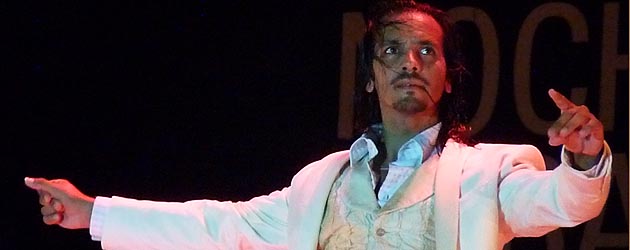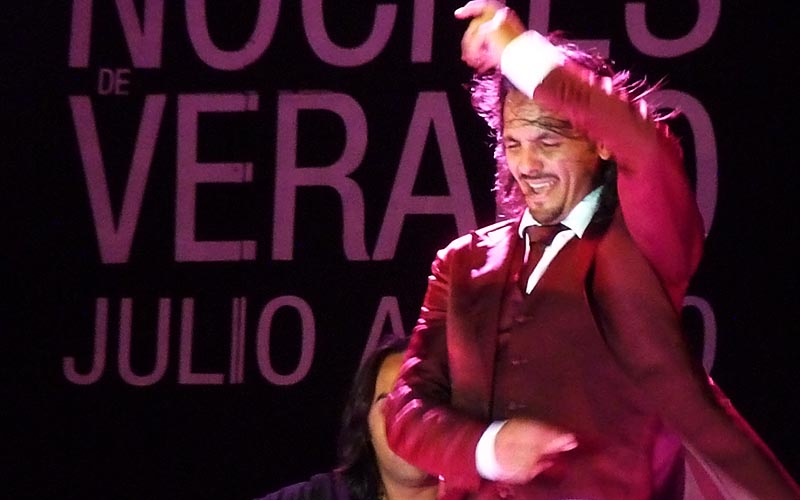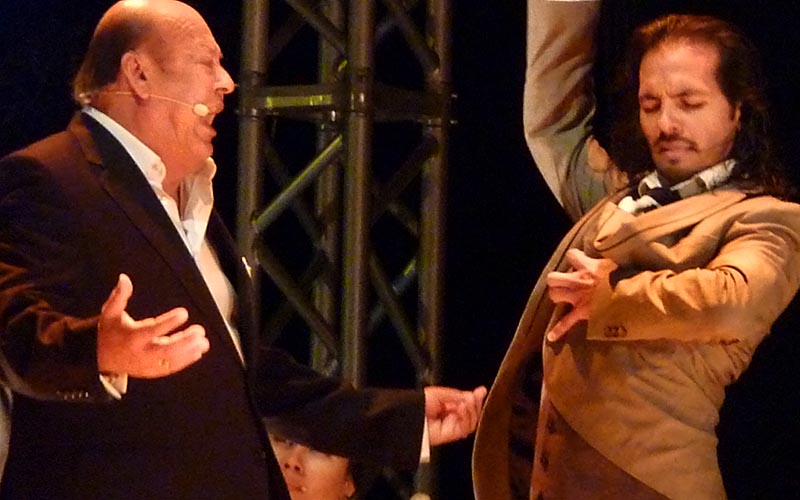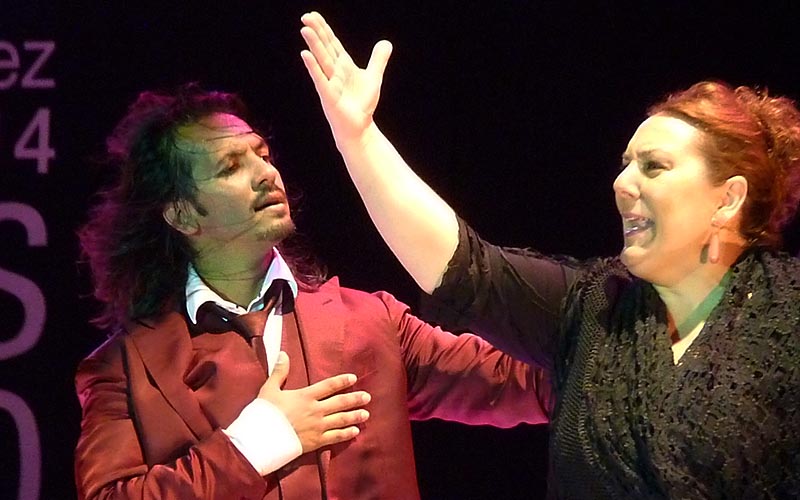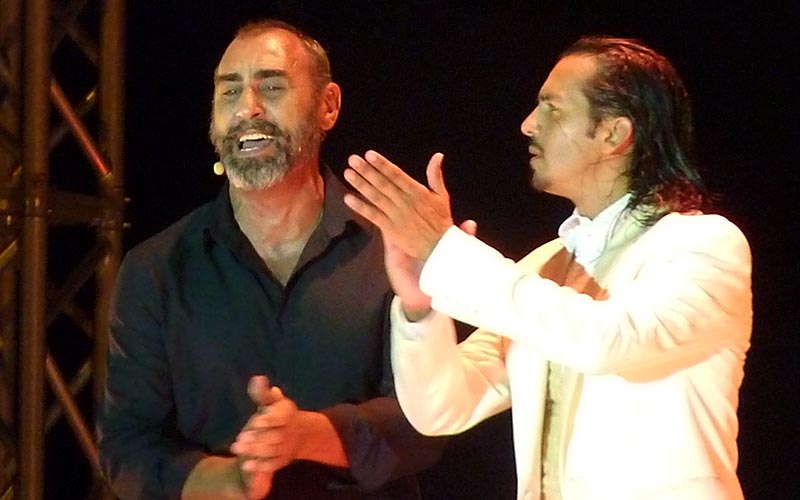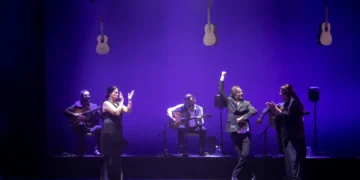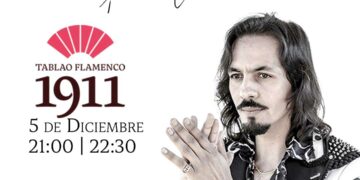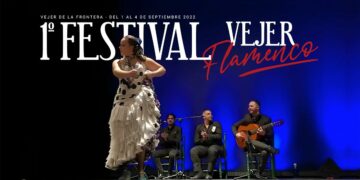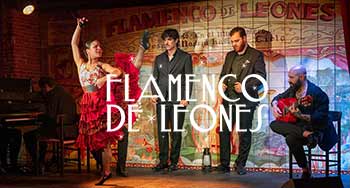Text and photos: Estela Zatania
Friday, July 18th, 2014. 10:00pm. Alcázar de Jerez
…AND NO ONE WAS DISAPPOINTED
The Jerez series Noches de Verano 2014, isn’t all flamenco, but some noteworthy performances of the genre are included. On Friday, Juan Manuel Fernández Montoya “Farruquito” put his “Improvisao” on the stage of the ample patio of the city’s Alcázar.
First of all, we can stop talking about a specific work titled “Improvisao”. Under this umbrella heading, Farrquito has performed several times, in Seville and Granada among other places, and the only constant element is the presence of the dancer, a human brand-name unto himself. So, we should take the term “improvisao” in its most literal sense, a sort of declaration of principles: Farruquito wants to offer his way of understanding flamenco, with good singers and guitarists, and no arcane intellectual concepts or literary plots. It is perhaps a wake-up call, his way of saying that well-done flamenco stands on its own, as it came into the world, naked and self-sufficient. And this in turn reverts to an earlier system. Before Gades and Mario Maya created their choreographed stories that captivated the world’s imagination, the great stars of flamenco dance were usually announced by name only: Carmen Amaya and her troupe, the Great Antonio, José Greco, etc… The sheer force of their personalities and fame was more than enough to fill any venue. It’s also a system that invites audiences to come back for more, because no one can say “I already saw that work”.
And if the name of any single dancer today is a box-office guarantee, it’s Farruquito. On Friday, despite an unusually chill wind, not to mention the current economic problems, the large patio of the Alcázar filled with the artist’s admirers.
Opening with siguiriyas, the first announced “surprise” was the presence of the great Jerez singer Manuel Moneo. The brief collaboration, powerful and historic, was captured by hundreds of telephones held high, as if a major rock star were performing. For several minutes the moon stopped in its path, the air became thick with flamenco and the two geniuses conversed via their shared art.
Farruquito’s communicative power continued to be the connecting force of the evening, always with the support of his admirable back-up. Four distinct voices: the toasted honey of Pepe de Pura, the wizened sound of María Vizárraga, the sweet Cádiz delivery of Encarnita Anillo and the dense sound of Zambullo, along with the percussion of Ané Carrasco, the crisp guitar of Juan Requena and several guest artists from Jerez, most notably dancer Gema Moneo, Manuel’s niece, to delight the local audience.
In addition to siguiriyas, Farruquito interpreted alegrías and taranto. He had never been particularly inspired in the binary 4×4 rhythms, but he slipped right into the taranto, managing to find his personality as easily as if it were the more customary 12-beat measure.
Nor did he let anyone down in the soleá, his most representative dance, with a long bulerías ending and the perfect complicity of the entire group.




